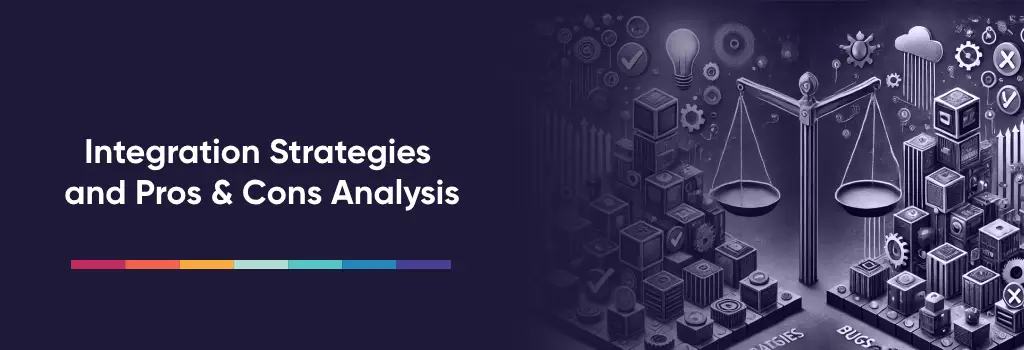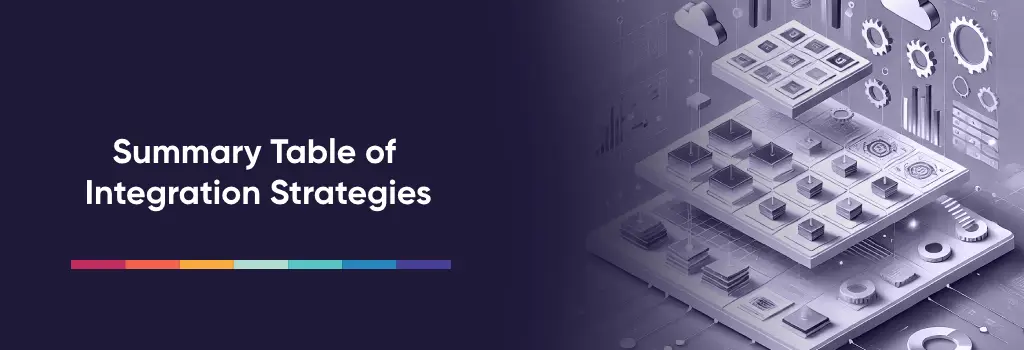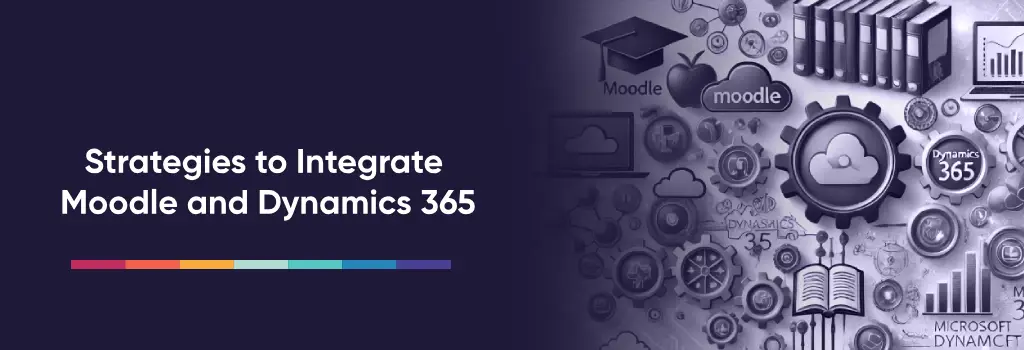Integrating Moodle with Dynamics 365 offers a range of benefits, from streamlined data management to enhanced user experience. In this article, we explore the strategies for integrating these two systems, along with their pros, cons, and potential risks, as well as how to mitigate them.
I am Director of Rahab Ministry (a program of Youth Unlimited). We are impressed with Mindfield’s IT specialists in helping us redesign a website (Rahab.yugta.ca) and their ongoing support. They were responsive and helped us think ahead instead of waiting for us to tell them what needed to be done. We will continue to look forward to their support.
Joanna Yee
Director, Rahab Ministry.
review Source: Google Reviews
Outline
Benefits and Reasons for Integration

Below are the key strategies for integrating Moodle with Dynamics 365, along with the associated pros and cons:
- Insights Reporting: Combining Moodle’s learning data with Dynamics 365’s business data can lead to more powerful reporting and analytics. For instance, you could analyze how training performance correlates with business outcomes, which is valuable for improving employee performance or identifying knowledge gaps within teams.
- Unified Data Management: Integrating Moodle with Dynamics 365 allows for seamless data flow between learning and business management systems. This centralizes user data, making it easier to track progress, manage performance, and deliver personalized learning paths. For example, organizations can sync student information between both platforms, providing a unified experience.
- Improved User Experience: With this integration, users don’t have to jump between different systems to access information. The smooth flow of data enables a more cohesive experience for both learners and administrators, reducing frustration and improving engagement levels.
- Enhanced Scalability: Integrating these systems makes it easier to scale learning and business processes across multiple departments or geographical locations. Moodle’s adaptable structure combined with Dynamics 365’s scalability allows organizations to expand operations without losing track of essential data.
- Better Resource Allocation: By analyzing both learning data and business operations, organizations can allocate resources more effectively. For example, Dynamics 365’s insights into employee performance can inform Moodle’s learning pathways, ensuring that training programs align with business needs.
Integration Strategies and Pros & Cons Analysis

Here are the main strategies for integrating Moodle with Dynamics 365:
1. API Integration
Strategy: Using Moodle’s external web services and Dynamics 365 APIs, organizations can establish direct communication between both platforms. APIs allow real-time data exchange, keeping both systems updated simultaneously.
- Pros:
-
Real-time synchronization of data
-
Customizable to specific business needs
-
Flexibility in managing various types of data
-
- Cons:
-
Requires technical expertise for setup
-
Can require custom development and ongoing maintenance
-
Potential for latency issues if not optimized properly
-
When to use: API integration is ideal for organizations needing real-time data updates and complex data workflows, especially when dealing with a high volume of users or frequent changes in data.
2. Middleware Integration
Strategy: Middleware solutions act as intermediaries between Moodle and Dynamics 365. Tools like Zapier or custom middleware platforms can help bridge the gap by automating workflows and data transfer.
- Pros:
-
Easier to implement than direct API integration
-
Does not require deep technical expertise
-
Can automate repetitive tasks like syncing user data and training records
-
- Cons:
-
Limited customization options
-
Middleware can become a bottleneck if not monitored properly
-
Can incur additional costs for third-party solutions
-
When to use: Middleware is best for businesses looking for an easy-to-implement solution without heavy technical requirements. It’s suitable for less complex integration needs or for automating simple workflows.
3. Active Directory or Azure Active Directory Integration (for SSO)
Strategy: Dynamics 365 users can opt to use Active Directory or Azure Active Directory to implement Single Sign-On (SSO) for seamless user authentication across both platforms. For more information, check out our Moodle SSO article
- Pros:
-
Simplifies user authentication
-
Reduces password fatigue for users
-
Improves security by centralizing login management
-
- Cons:
-
Requires the setup of an Identity Provider (IdP)
-
Possible issues with cross-platform session management
-
Integration can be more complex with larger user bases
-
When to use: This approach is ideal for organizations already using Active Directory or Azure AD for managing users. SSO is beneficial when organizations want to provide a seamless login experience for users across multiple platforms.
4. Data Export/Import Integration
Strategy: For businesses that need occasional syncing of data, a batch export/import strategy can be employed. Data export/import allows periodic syncing of data between Moodle and Dynamics 365, typically using CSV files or batch scripts, with cron jobs to automate the process.
- Pros:
-
Simple and low-cost option
-
Does not require extensive technical knowledge
-
Useful for less frequent integrations
-
- Cons:
-
Data is not updated in real-time
-
Risk of data inconsistency if syncs are missed
-
Manual intervention can be required for data handling
-
When to use: This approach is best when real-time syncing is not required, and data is updated on a less frequent basis. Using batch scripts or cron jobs to automate periodic updates (e.g., nightly) can ensure data consistency and save time on manual data transfers.
Summary Table of Integration Strategies

While Excel is powerful, there are limits to its scalability and collaboration features. You should consider transitioning to a Moodle plugin or direct database solution when:
| Strategy | Pros | Cons | When to Use |
|---|---|---|---|
| API Integration | Real-time updates, customizable, flexible | Requires technical expertise, latency issues, ongoing maintenance | High volume of data, frequent updates, complex workflows |
| Middleware Integration | Quick setup, automates workflows, no technical expertise needed | Limited customization, bottlenecks, additional third-party costs | Simple workflows, less complex integration needs |
| Active Directory or Azure AD Integration (SSO) | Simplifies login, enhances security, improves user experience | Requires IdP setup, potential session issues, integration complexity | Existing use of Active Directory or Azure AD, seamless login needed |
| Data Export/Import | Low-cost, simple to implement, works for bulk data | No real-time updates, manual process, risk of inconsistency | Infrequent data updates, time-based integration needed |
Risks and Mitigation Strategies

While integrating Moodle and Dynamics 365 offers tremendous benefits, there are also risks to consider. Here are some of the common risks and how to mitigate them:
1. Data Inconsistencies
Risk: If the data between Moodle and Dynamics 365 is not properly synchronized, it can lead to inconsistencies that can affect both learning and business operations.
Mitigation: Regularly schedule data audits and ensure that sync intervals are set to avoid data lags. Utilize real-time integrations where possible to keep both systems updated.
2. Technical Complexity
Risk: Setting up the integration between Moodle and Dynamics 365 can be technically challenging, especially for organizations without in-house developers.
Mitigation: Before beginning the integration, clearly understand your needs and requirements. This will help avoid over-engineering the solution and ensure it meets your objectives without unnecessary complexity.
3. Security Concerns
Risk: Integrating two systems can expose sensitive data to potential vulnerabilities, especially in the case of single sign-on or API-based integrations.
Mitigation: Adopt strong encryption standards, use secure connections (SSL/TLS), and regularly update security protocols to stay ahead of potential threats.
4. System Downtime or Latency
Risk: Real-time data synchronization can cause issues like downtime or latency if not implemented efficiently, impacting both the user experience and business processes.
Mitigation: Test the integration extensively in a sandbox environment before going live. Monitor performance regularly and set up automatic alerts for any disruptions in the system.
Mindfield Enabling Moodle and Dynamics to Talk 365

Integrating Moodle with Dynamics 365 requires more than just technical know-how; it demands a deep understanding of both platforms’ intricacies to ensure seamless data flow and optimal performance. Hiring Moodle experts ensures that the integration is done smoothly, with customized solutions tailored to your organization’s needs. These professionals not only streamline the process but also provide ongoing support, ensuring that any issues are addressed quickly and that both systems continue to work in harmony.
Moreover, Moodle experts are well-versed in security protocols, data privacy regulations, and best practices, helping to mitigate risks that may arise during integration. Their expertise in plugin development and system optimization ensures that the integration doesn’t just function, but thrives, enhancing both the learning experience and business operations.

